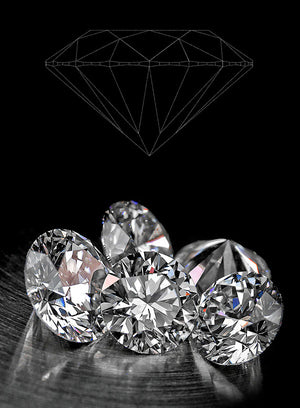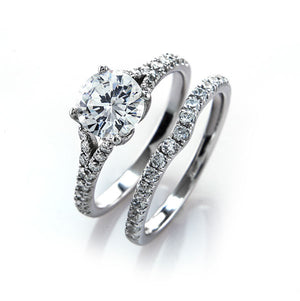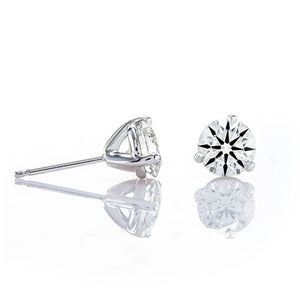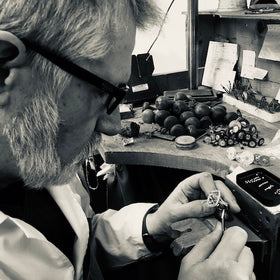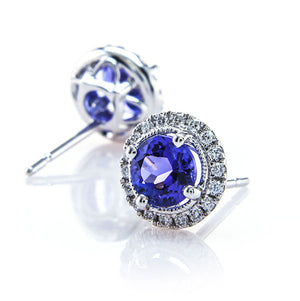
Platinum 101: Jewelry education
Whether you're looking into custom engagement rings or other fine jewelry, it's important to have an educational understanding of how your jewelry is made. Deciding between the different metals can be tricky, especially if you don't know what you're looking for or what questions to ask.
Difference between platinum and white gold
Platinum jewelry has become a popular metal in the industry and among consumers. Uneducated buyers commonly mistake platinum for white gold. However, there is a drastic difference between the two metals. Platinum, unlike white gold, is a naturally white metal. White gold, on the other hand, is derived from yellow gold. To make white gold, jewelers combine yellow gold with other alloyed metals to achieve the white look. The product is often plated to help maintain the white color over time, but platinum never loses its white finish. In fact, platinum is tarnish-resistant as well as hypoallergenic.
Strength and durability
Platinum is one of the strongest types of metals in the world and as such is extremely durable. Over time, platinum jewelry, like all other metals, may incur scratches. If your platinum engagement ring begins to show signs of wear, you can always bring it to the jeweler to have it polished, or use a prepackaged jewelry cleaner at home to buff out the marks. Platinum is more resistant to wear and tear then its silver or gold counterparts because the metal has a much heavier density then the aforementioned metals.
The origins of Platinum jewelry
The precious metal lies in deposits three-quarters of a mile below the earth's surface. The metal is rare, and only found in three regions of the world, including Africa, Russia and North America. During the mining process, 10 tons of ore need to be extracted before a single ounce of platinum is procured.
The traces of platinum date back to the Ancient Egyptians, who used the metal as part of their precious artworks. Other historical peoples to use platinum include the South American Incas and King Louis XVI. Some of the most famous diamond jewelry of all time is made with platinum settings, including the Hope, Jonker I and Koh-i-Noor diamonds.
During World War II, the use of platinum was disallowed because the U.S. government declared the metal to be a strategic source for making weapons and military equipment. Platinum had been in high demand before it was no longer available for jewelry manufacturing. To satisfy consumer's desire for the white luster, jewelry manufacturers began to use white gold in its place.





